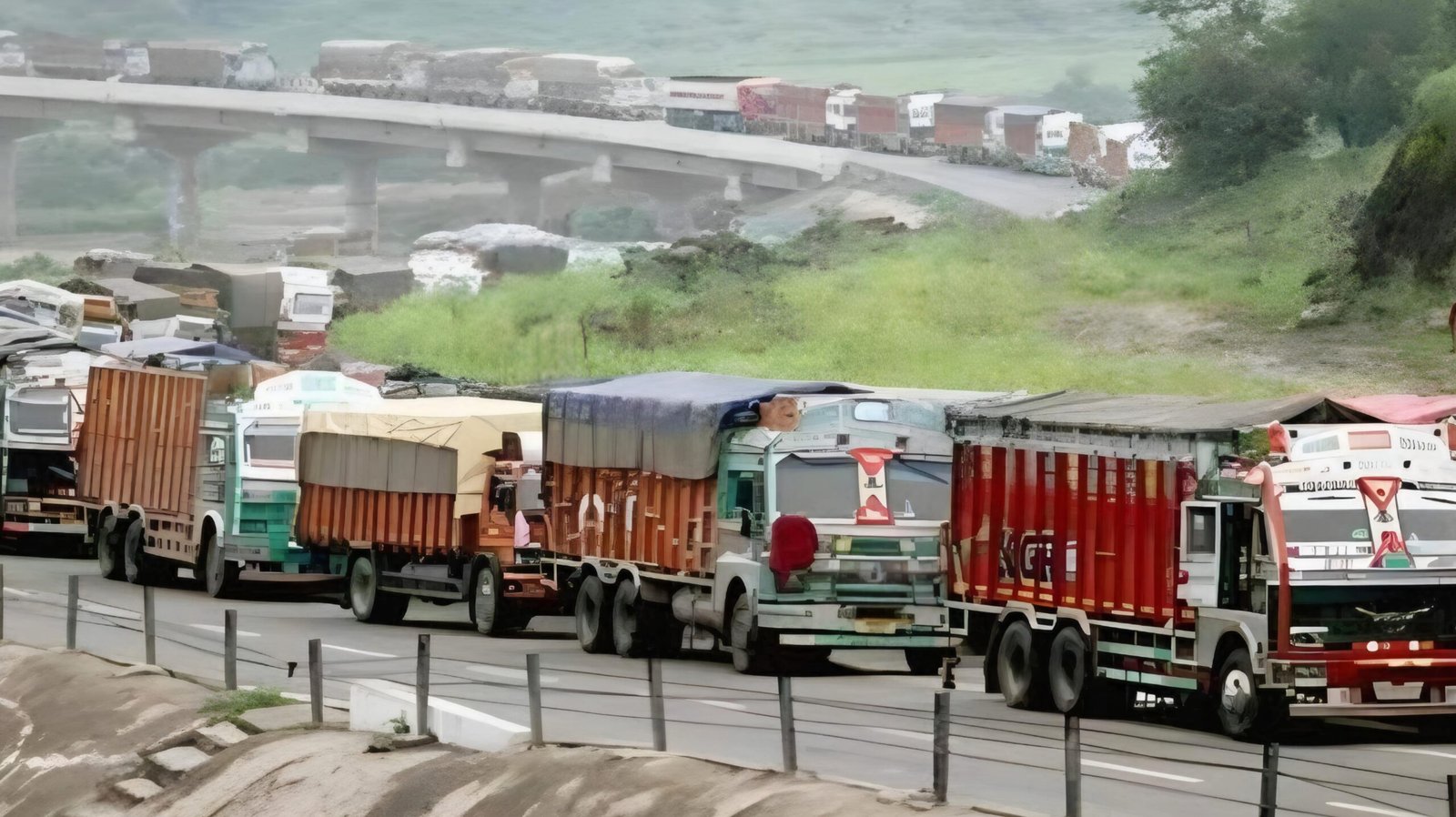
Under 100 Words: A Compact Summary
In February, trucking expenses to major metros rose 1-5%. Costs per kilometer for 15-tonne trucks increased. Smaller centers witnessed varying rate changes. Trucking faced disruption in January due to revised hit-and-run penalties. Vehicle registrations showed a 12% rise in heavy goods vehicles. The Niti Aayog anticipates the trucking market to grow to 17 million trucks by 2050, four times the 2022 figure (Truck Freight Rates).
- In February, the expenses associated with transporting goods by truck to major metropolitan areas increased.
- According to an analysis of data compiled by the Centre for Monitoring Indian Economy (CMIE), rates have risen by 1-5 percent, with the western part of the country experiencing the most significant year-on-year increase.
- The cost is computed on a per-kilometer basis for transporting goods via trucks with a 15-tonne capacity (Truck Freight Rates). This expenditure is documented for shipments originating from Delhi to various destinations nationwide.
- The analysis encompasses the transportation costs to other major metropolitan areas, including Mumbai in western India, Kolkata in the east, and Bangalore and Chennai in the south.
- In February, the cost per kilometer for transporting goods using a 15-tonne truck increased by 4.7 percent to Rs 42.4 from Delhi to Mumbai, compared to Rs 40.5 a year earlier (Truck Freight Rates).
- The Delhi-Kolkata rate also saw a 3.1 percent rise to Rs 42.9 in February 2024, up from Rs 41.6 in the previous year (Truck Freight Rates). Similarly, the cost to Bangalore increased by 1 percent to Rs 42.2 compared to Rs 41.8 in February 2023. For Chennai, there was a 4.2 percent rise, reaching Rs 94.8, compared to Rs 91 a year ago.

- Rates have surged in numerous smaller centers as well. The Delhi-Patna route witnessed an 8 percent increase, reaching Rs 50.1, while Delhi-Guwahati experienced a 1 percent rise, reaching Rs 52.2. The Delhi-Hyderabad route saw a 2.1 percent increase, reaching Rs 43.5, and Delhi-Sirsa observed a substantial 14.5 percent surge, reaching Rs 55.4.
- Some routes have experienced a decrease in rates, including Bhopal (down 0.5 percent), Lucknow (-1.6 percent), Thiruvananthapuram (-2.2 percent), Bhubaneswar (-3.5 percent), and Jaipur (-11 percent). Rates in Ahmedabad and Dehradun remained unchanged.
- According to a 2022 Niti Aayog report titled ‘Transforming Trucking in India,’ road transport accounted for 70 percent of the domestic freight demand (Truck Freight Rates).
- Trucking faced disruption in January when drivers staged a protest against the increased penalties outlined for hit-and-run cases in the new Bharatiya Nyaya Sanhita (BNS).
- The updated provisions included a ten-year jail term, a significant increase from the two-year imprisonment stipulated in the previous Indian Penal Code (IPC). The revised policy also involved a fine of Rs 7 lakh if a truck driver fled the accident scene without reporting it to the authorities.
- The protest concluded after the All India Motor Transport Congress (AIMTC), representing truckers, received assurance that the new laws about hit-and-run cases would be implemented following discussions with union representatives.
- Vehicle registrations, indicative of retail sales, have witnessed an uptick in various categories (Truck Freight Rates).
- In January 2024, registrations for heavy goods vehicles amounted to 301,107, marking a 12 percent increase compared to the previous year (Truck Freight Rates).
- Conversely, registrations for medium goods vehicles saw a slight decline of 0.7 percent, totaling 37,532 in January. Light goods vehicle registrations also experienced a decrease of 1.1 percent, reaching 601,579.
- According to the Niti Aayog report, the trucking market is anticipated to grow significantly, reaching 17 million trucks by 2050. This projection represents an increase of over four times the 2022 figure of 4 million trucks.
ALSO READ – Truck drivers’ protests called off after government assurances on new hit-and-run law.